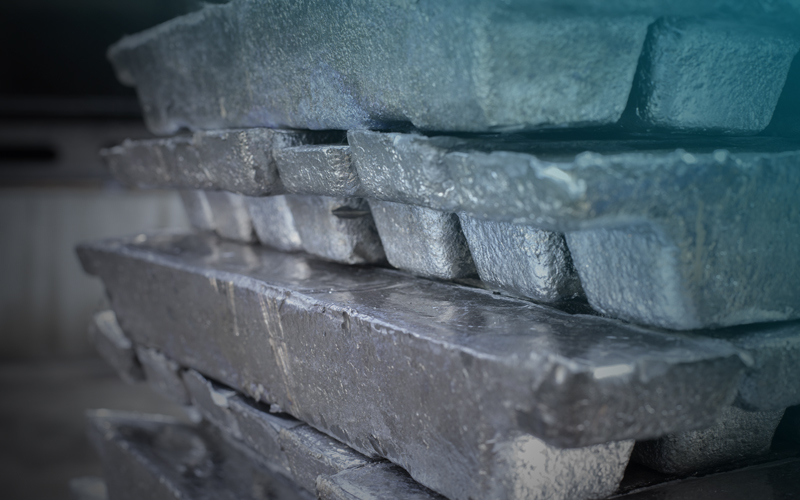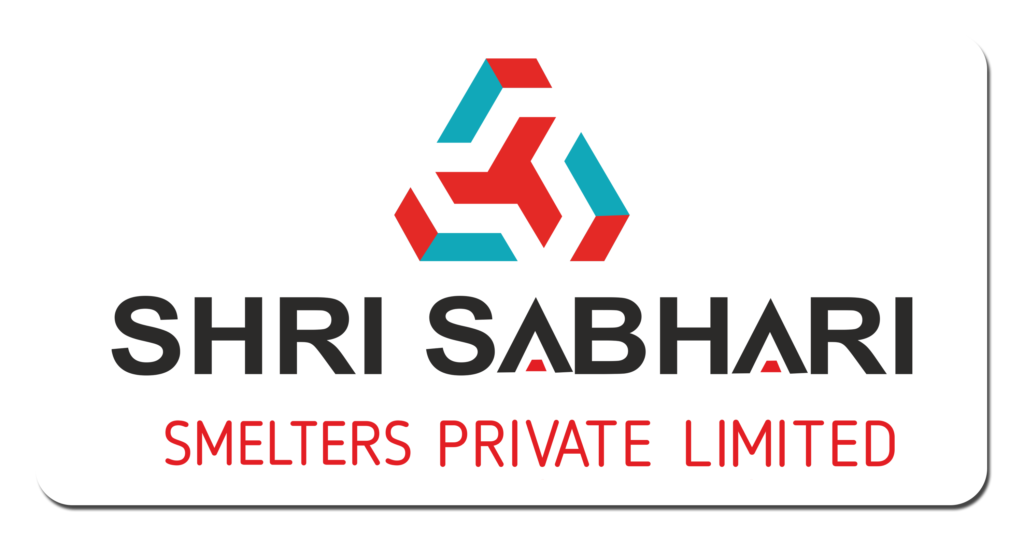
What Are Master Alloys?
Master alloys are intermediate alloys made by combining one or more alloying elements with a base metal (typically aluminum, copper, magnesium, or nickel). They are used in small amounts to introduce controlled quantities of alloying elements into metal melts efficiently and uniformly.
Ingredients / Composition
Master alloys vary depending on the base metal and the desired effect. Common types include:
| Master Alloy | Composition | Base Metal | Alloying Element(s) |
|---|---|---|---|
| Al-Ti-B | Aluminum-Titanium-Boron | Aluminum | Ti (3–10%), B (0.2–1%) |
| Cu-Zr | Copper-Zirconium | Copper | Zr (0.1–0.5%) |
| Mg-Ca | Magnesium-Calcium | Magnesium | Ca (0.1–2%) |
| Ni-Cr | Nickel-Chromium | Nickel | Cr (15–30%) |
| Fe-Cr | Iron-Chromium (Ferrochrome) | Iron | Cr (50–70%) |
Usage of Master Alloys
Master alloys are primarily used to:
Add Alloying Elements: Introduce elements like Ti, B, Cr, Zr, etc., into a molten metal bath.
Modify Structure: Improve grain refinement, solidification behavior, and metallurgical properties.
Improve Castability: Enhance fluidity, reduce porosity, and improve mechanical strength.
Control Impurities: Help remove undesirable elements or refine inclusions during melting.
Key Highlights
Precise Alloying: Master alloys deliver controlled amounts of elements.
Improved Metallurgy: Aid in refining grain size and enhancing mechanical strength.
Efficient Melting: More stable and efficient than adding pure elements directly.
Used Across Metals: Widely used in aluminum, copper, steel, and nickel alloys.
Commercially Scalable: Essential in aerospace, automotive, foundry, and electronics industries.
FAQ
Master alloys allow for easier and safer addition, improved distribution, and lower melting temperatures, ensuring better alloy consistency.
They are used extensively in aerospace, automotive, electronics, casting, and steel manufacturing.
Al-Ti-B is a grain refiner in aluminum alloys, improving strength, ductility, and surface finish in castings.
Yes. Some master alloys are designed to neutralize or bind impurities (like oxygen, hydrogen, or sulfur), improving final metal purity.
Yes. They can be tailored for specific applications based on composition, element ratios, and form (powder, waffle, rod, etc.).



